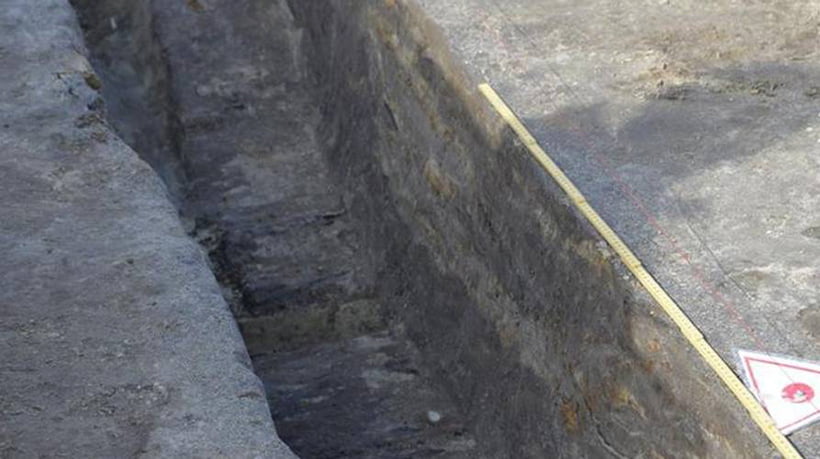
A solid piece of wood has been discovered in the keel of the Viking ship at the Gjellestad burial site, after two weeks of archaeological investigations.
Norwegian archaeologists and history enthusiasts across the world are celebrating today after a positive find at the Gjellestad ship dig. Large parts of the keel on the viking ship have been found preserved.
For the last two weeks, archeologists from the University of Oslo's Cultural History Museum and experts from the Cultural Heritage department of Østfold County Council began to examine the Gjellestad site in Halden, following the sensational discovery of a viking ship grave by georadar last year.
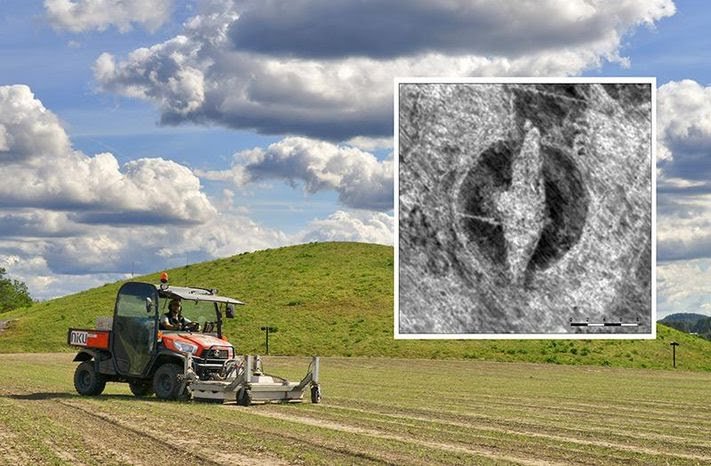
The images indicated a 20-metre-long Viking ship. That makes the Gjellestad ship similar in size to the ones currently displayed at the Viking Ship Museum in Oslo.
Fully preserved wood
The team has not begun a full excavation, rather dug two trenches towards the assumed centre of the ship, in order to investigate its condition. It was hoped that the remains of the wooden ship would be found in good condition. On Thursday, the team dug in to the keel and were able to extract a small piece for examination.
Project manager Christian Løchsen Rødsrud told NRK that it should be possible to excavate bigger parts of the ship at a later date.
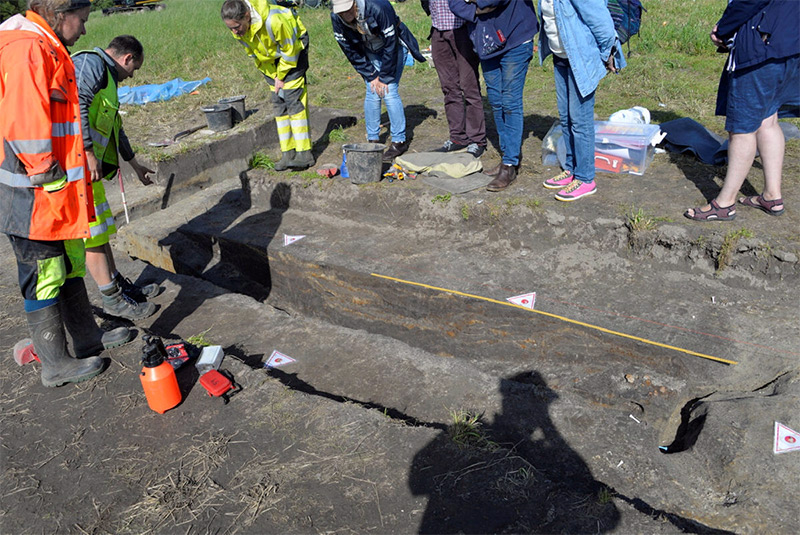
“First, we came down to aisle planks that were so intact that we could see the patterns in the wood. Then we worked our way towards the centre of the ship. There we found a piece of wood, fully preserved, that is the keel itself,” he says.
Two weeks of discoveries
Before the discovery of the keel today, archaeologists found a number of other details. “We have very clear impressions of boarding, as well as ship nails that sit in their right place in the ship. But the fact that we have found this cool makes it extra spectacular, even though it is in poor condition than what we have in the museums.
On the first days of the investigation, archaeologists didn't have to dig every far before they found two rows of nails, which would have come from the upper part of the ship. They were found no more than 30cm under the surface.
Two days later, the team found their first sign of wooden planks albeit only imprints in the ground. They also found remains of degraded biological material, which they assume to be from other grave goods or details on the ship.
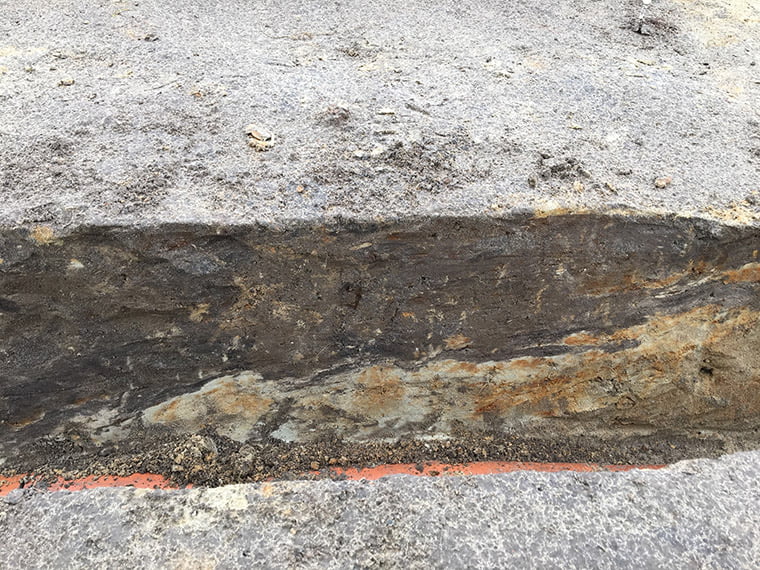
The ship was looted
At the beginning of the second week, the team was able to confirm that the grave had been looted. This was also the case with other major viking ship burial sites elsewhere in Norway.
Read more: Viking Ship Found in Norway's Oslofjord Region
“The georadar images of the ship showed something we have interpreted to be a plundering pit. Today's digging has confirmed this. We have found clear marks from shovels through the masses that were originally used to support the ship,” said Rødsrud.
The team continued to dig and the next day discovered what was once a bucket. The soil will be carefully studied to find out what the bucket was made of, and what has been stored in it. There is an interesting comparison here to the famous Oseberg ship on display in Oslo. There, they found a bucket of apples.
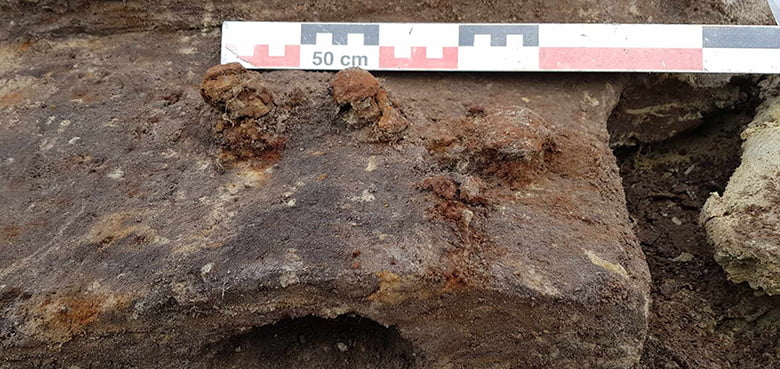
The string of finds, while small, made archaeologists very positive for the final days of the dig. The following day, the team found a number of rivets representing joints between planks in the ship. The distance between the nails is 19-20 cm, which would be the width of the table aisles.
Then today came what the archaeologists describe as “a dream come true.” Finding parts of a Viking ship intact is not a daily occurence even for archaeologists.
What happens next?
This is the big question, and it's one that won't be answered just yet. “Now we will use the time ahead to decide what will happen. There are many elements that need to be considered,” says Rødsrud.

